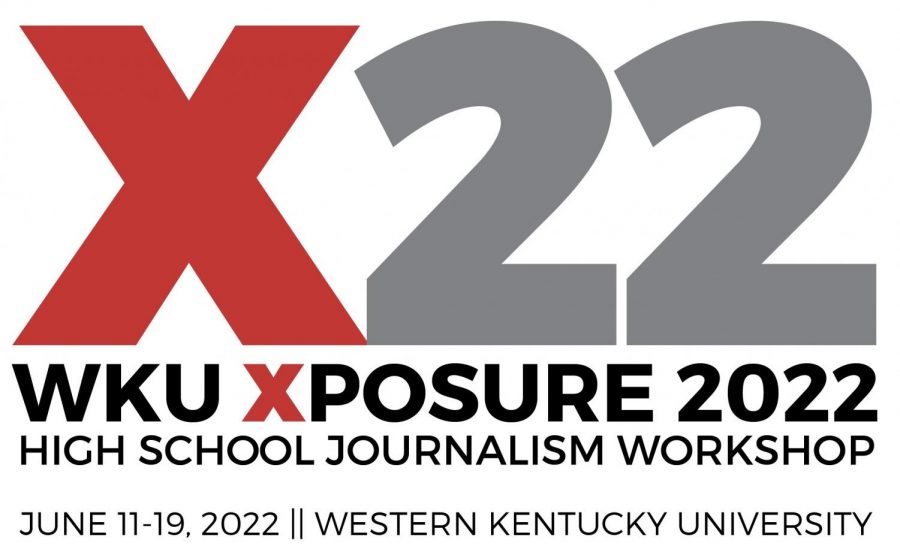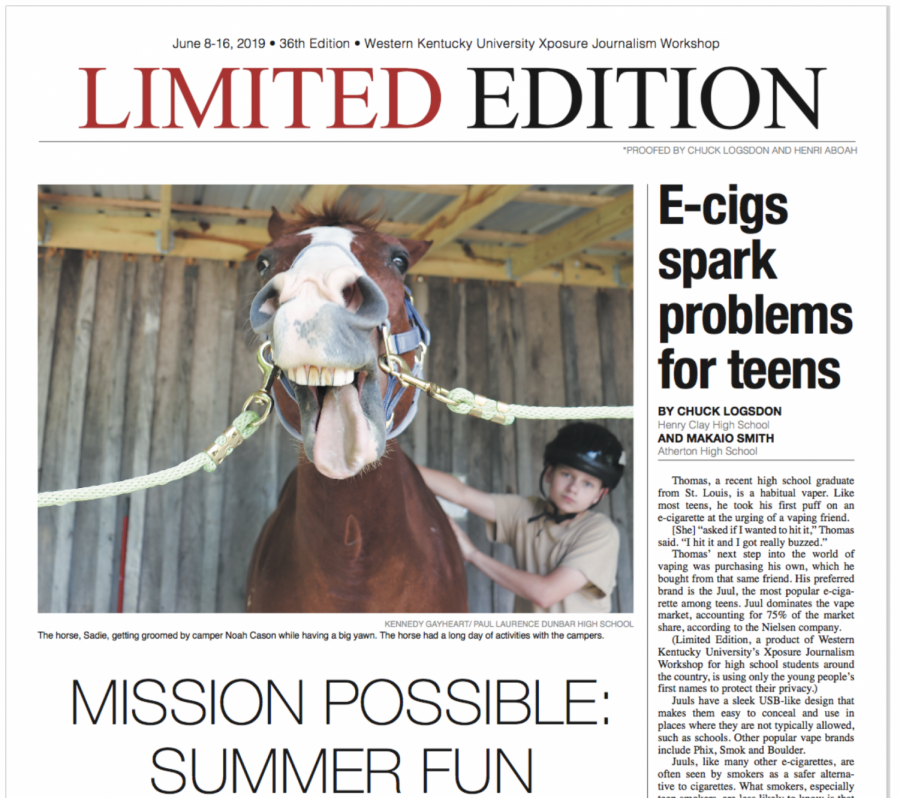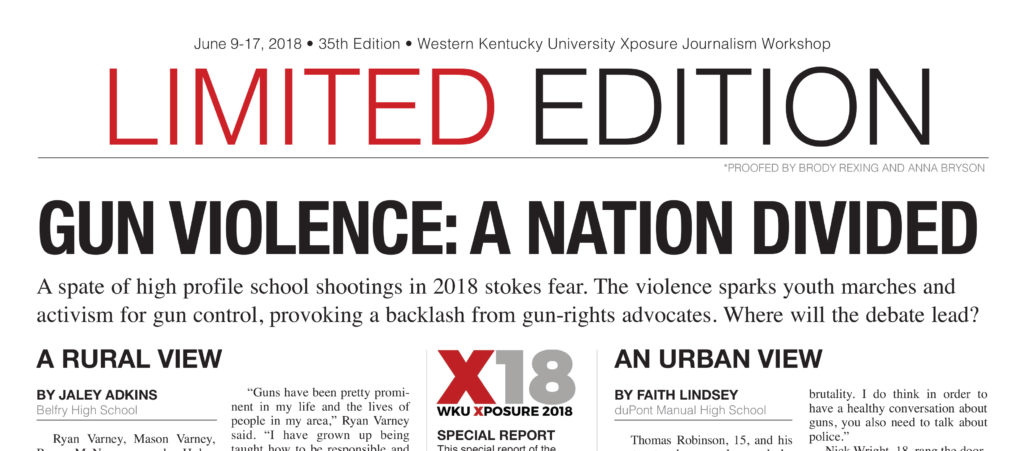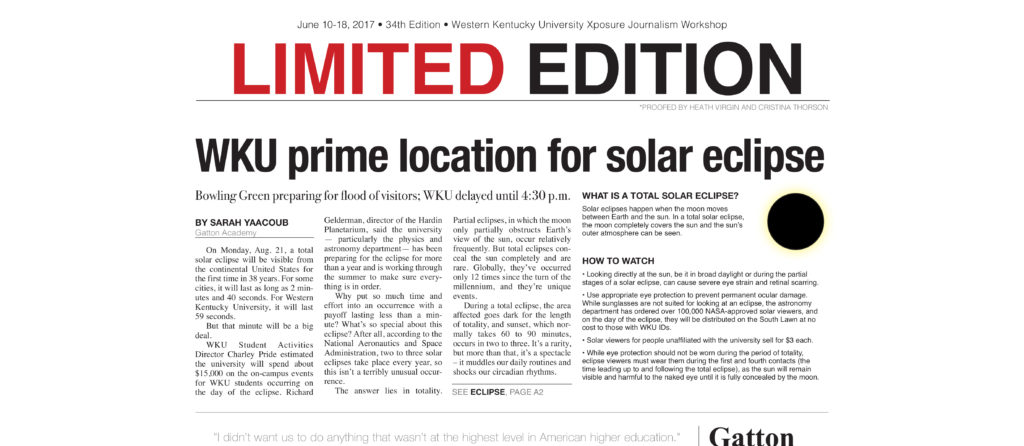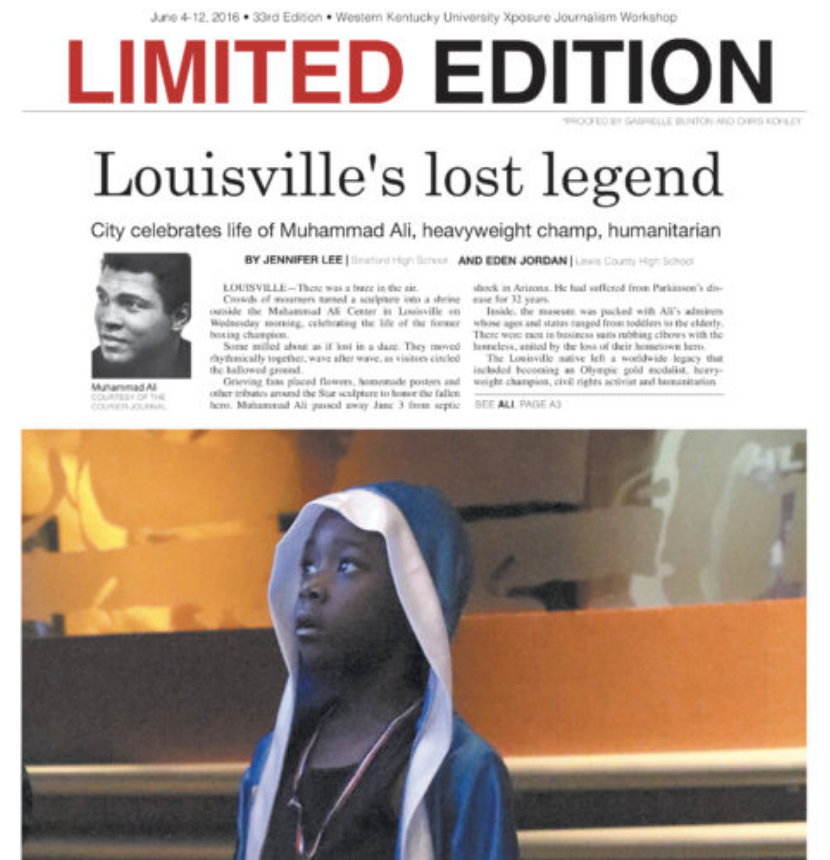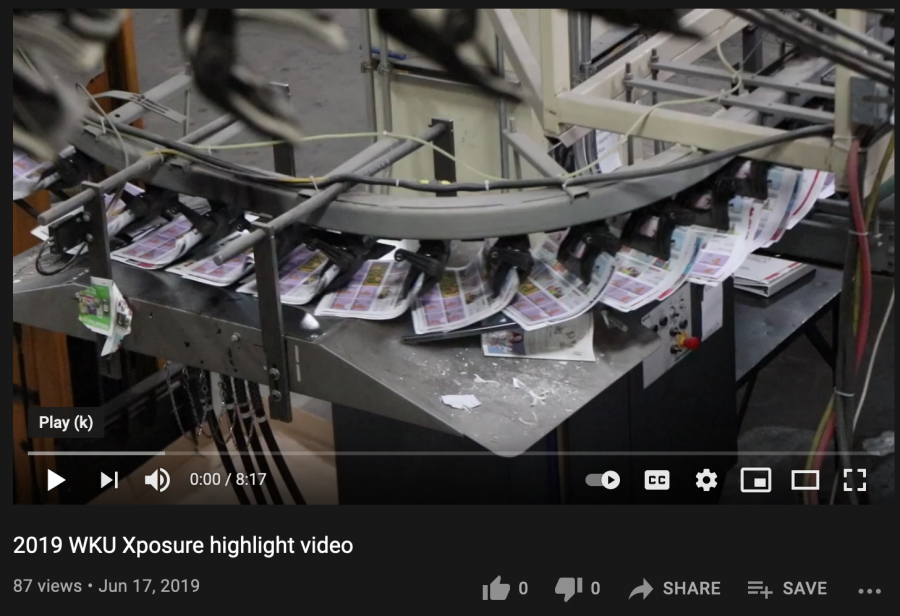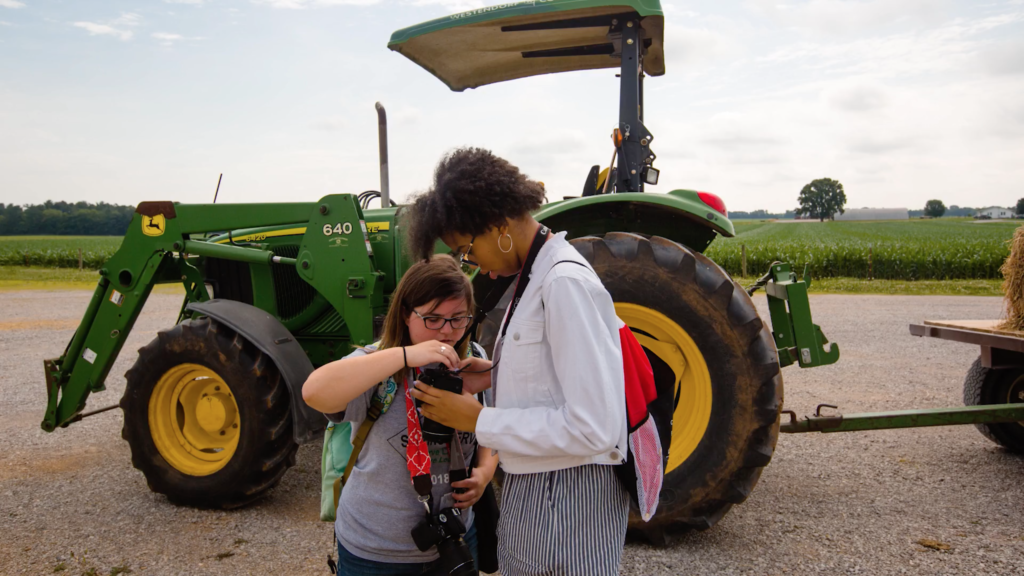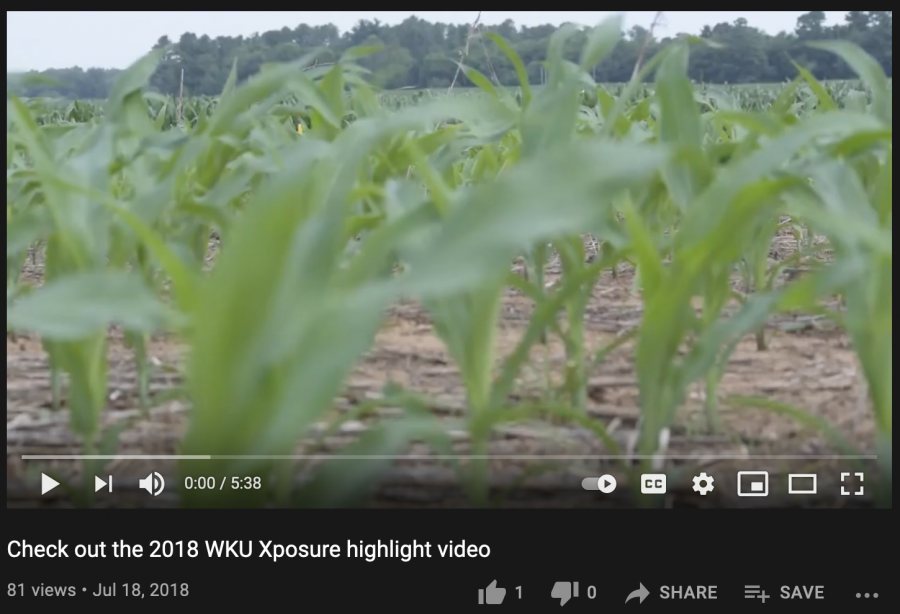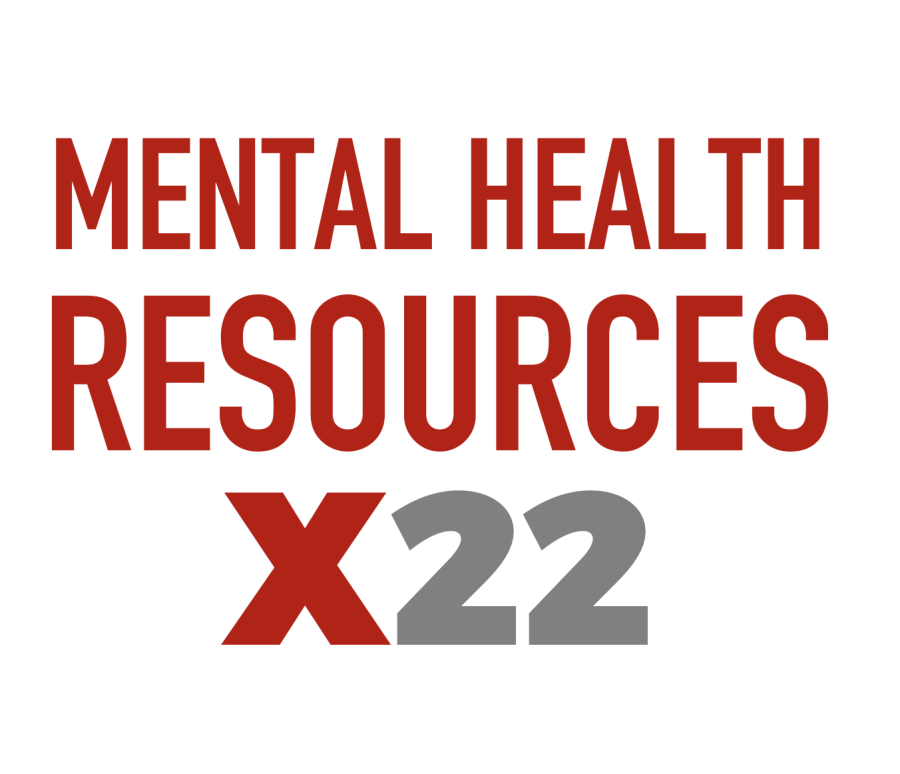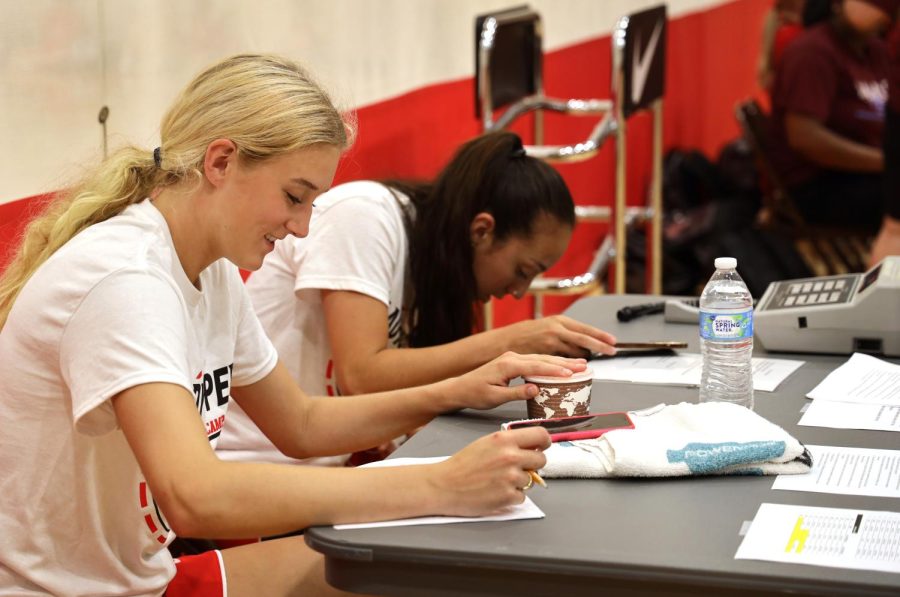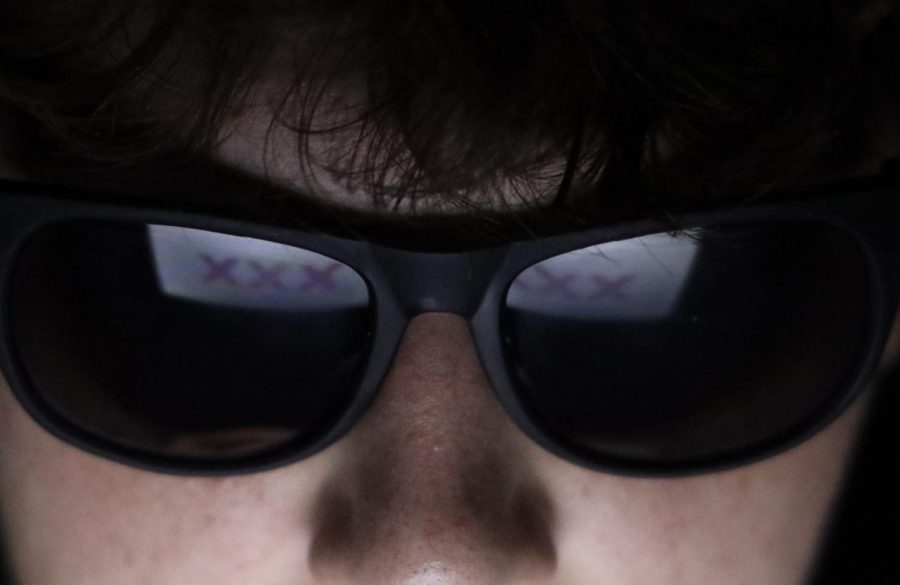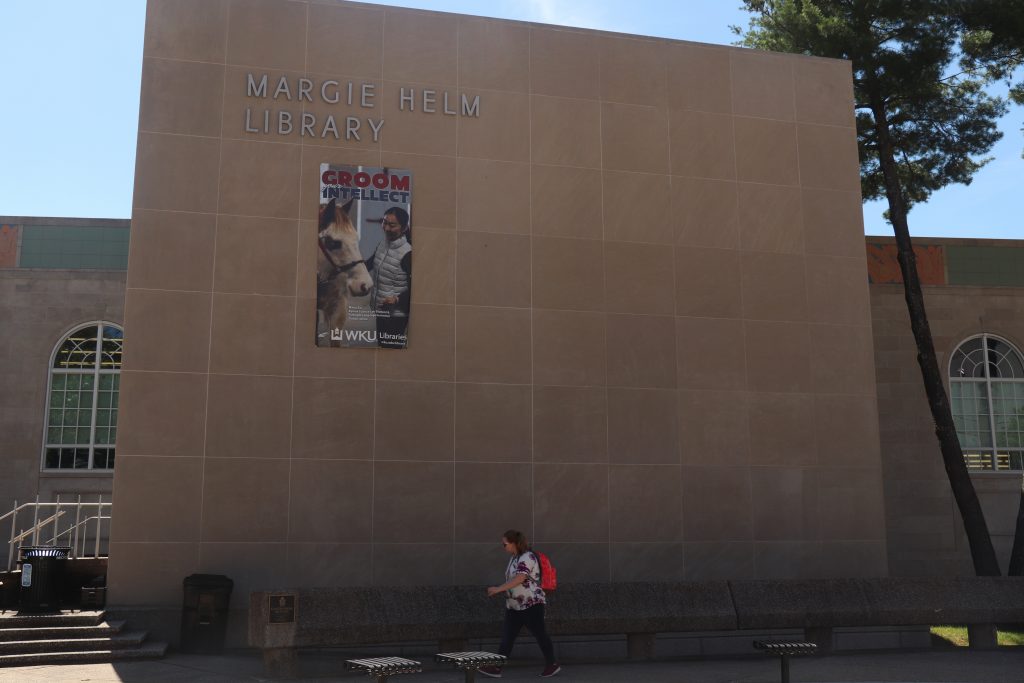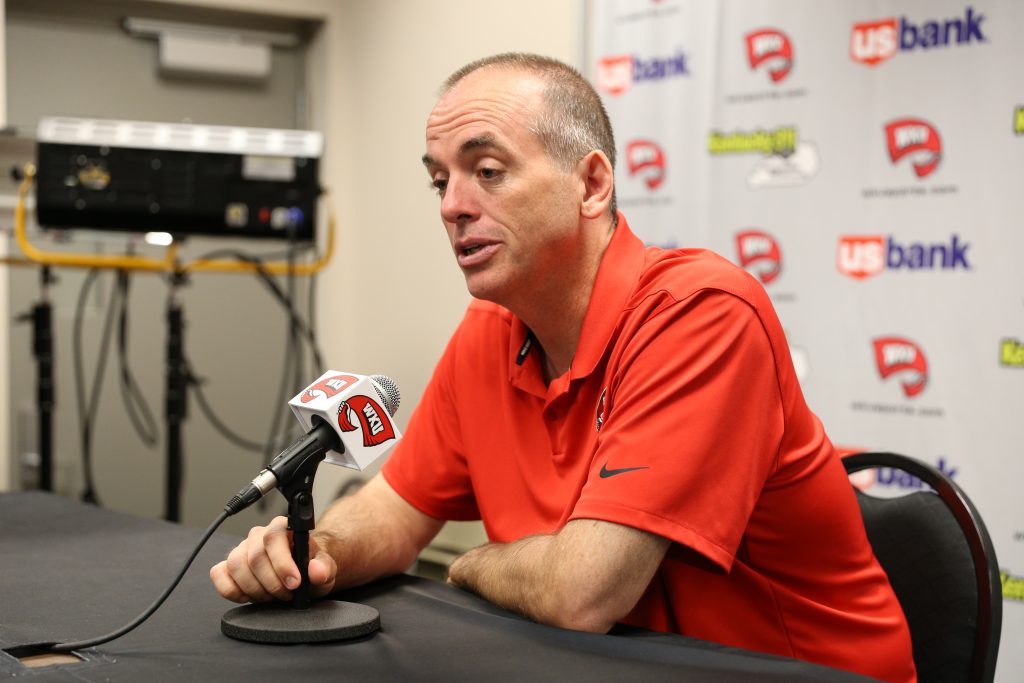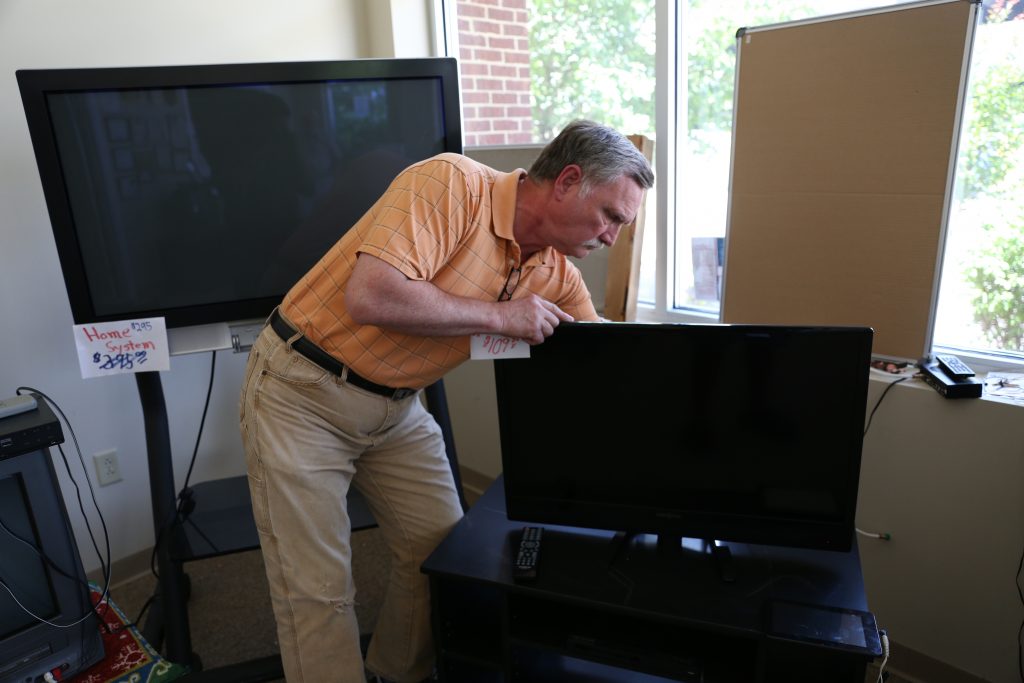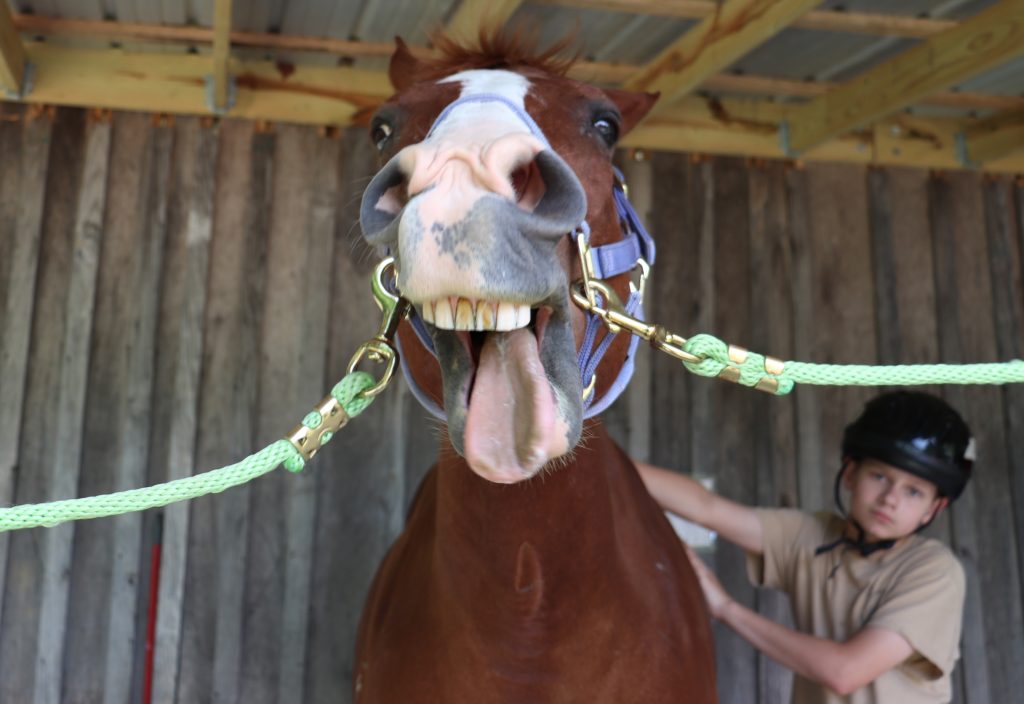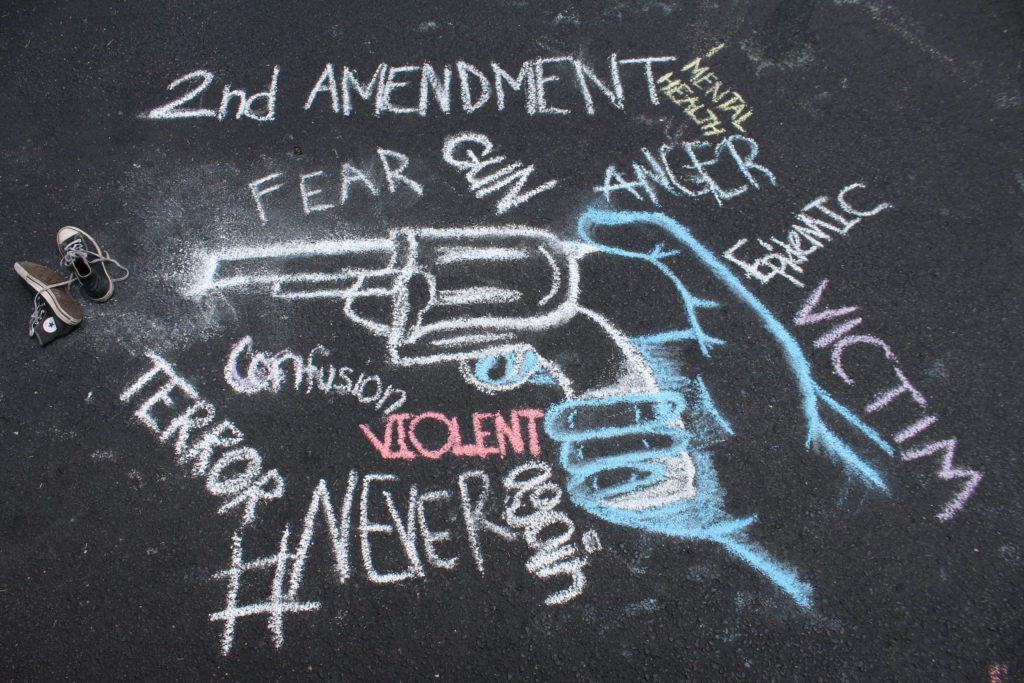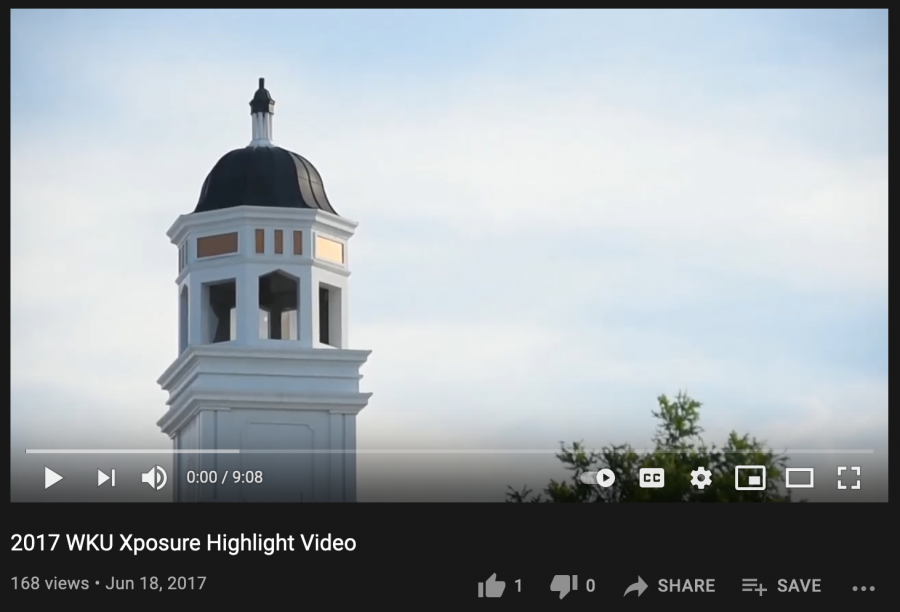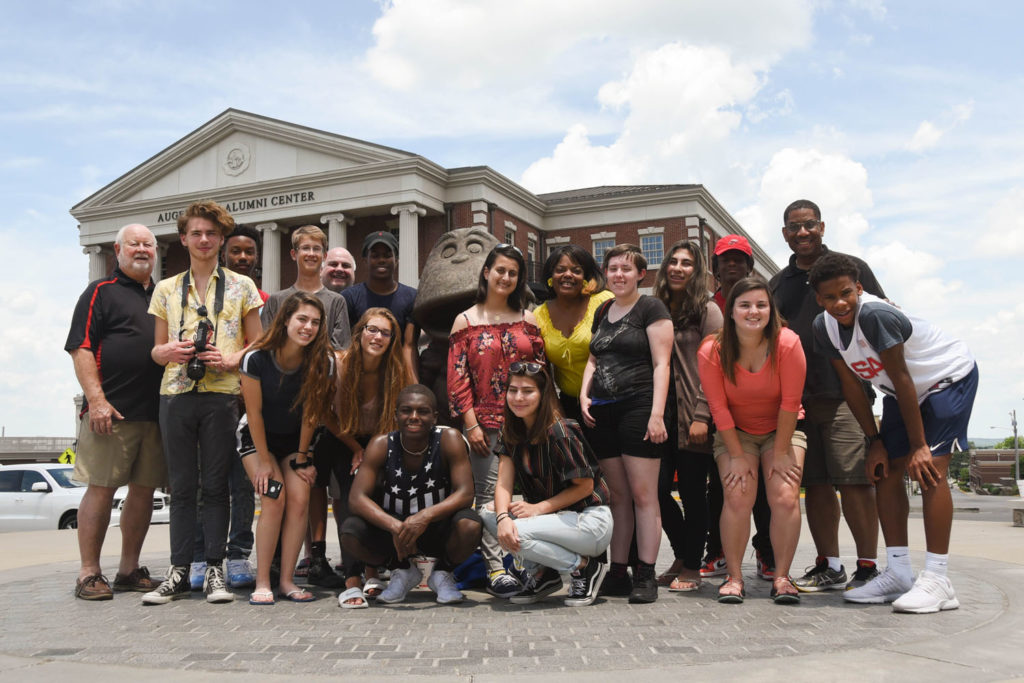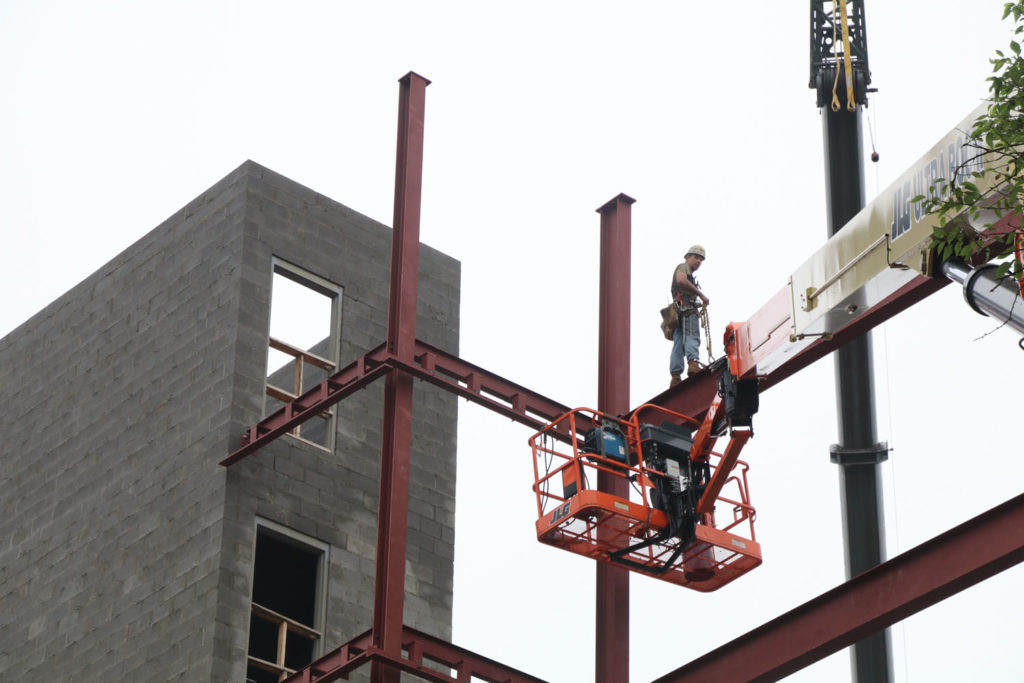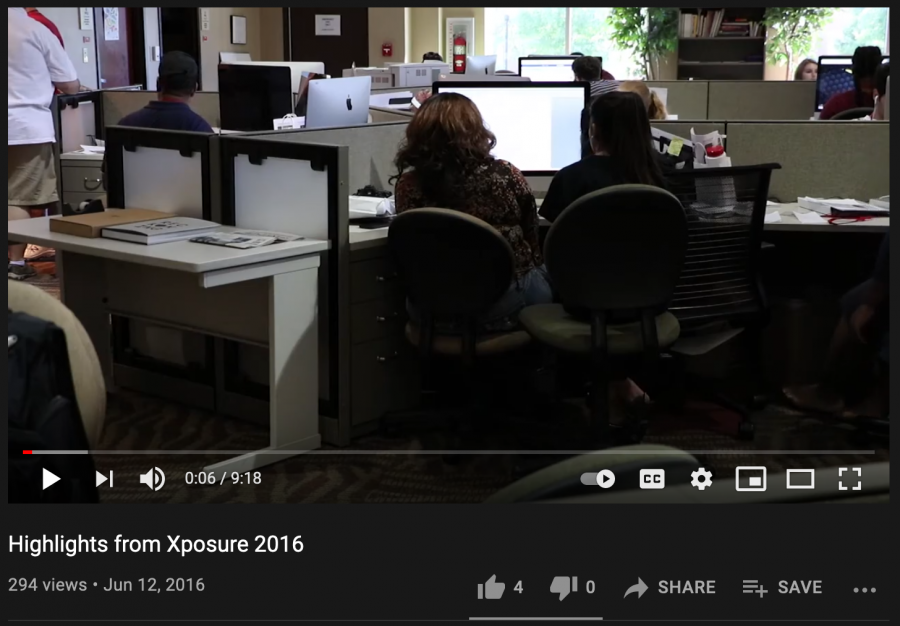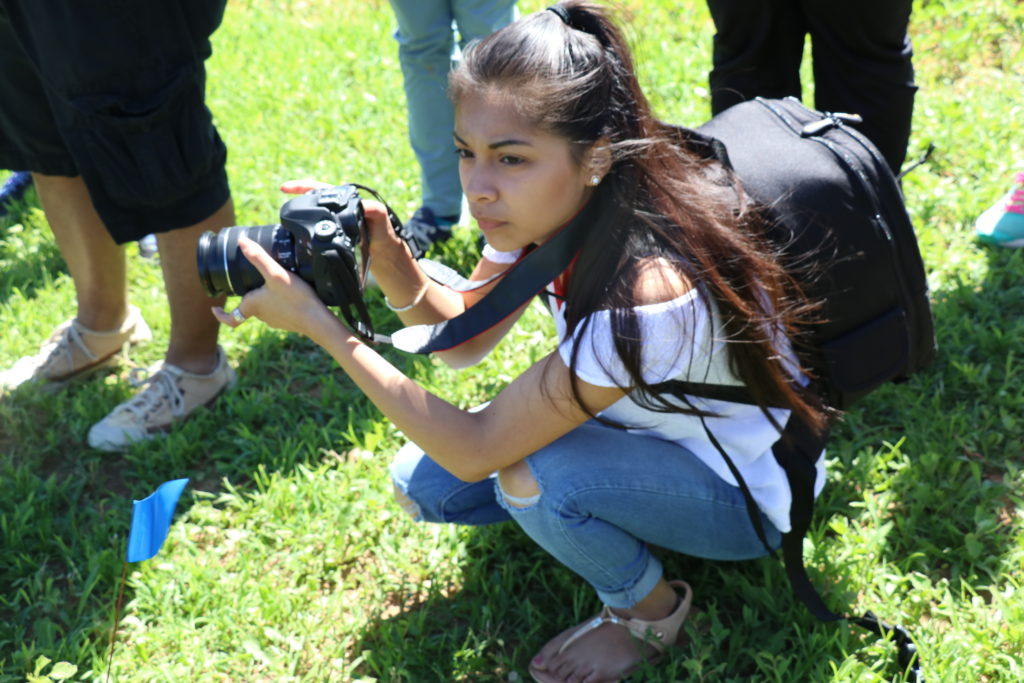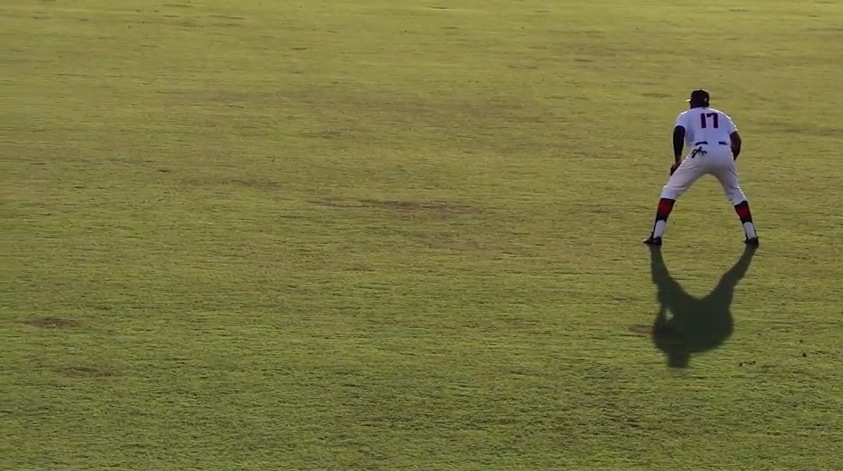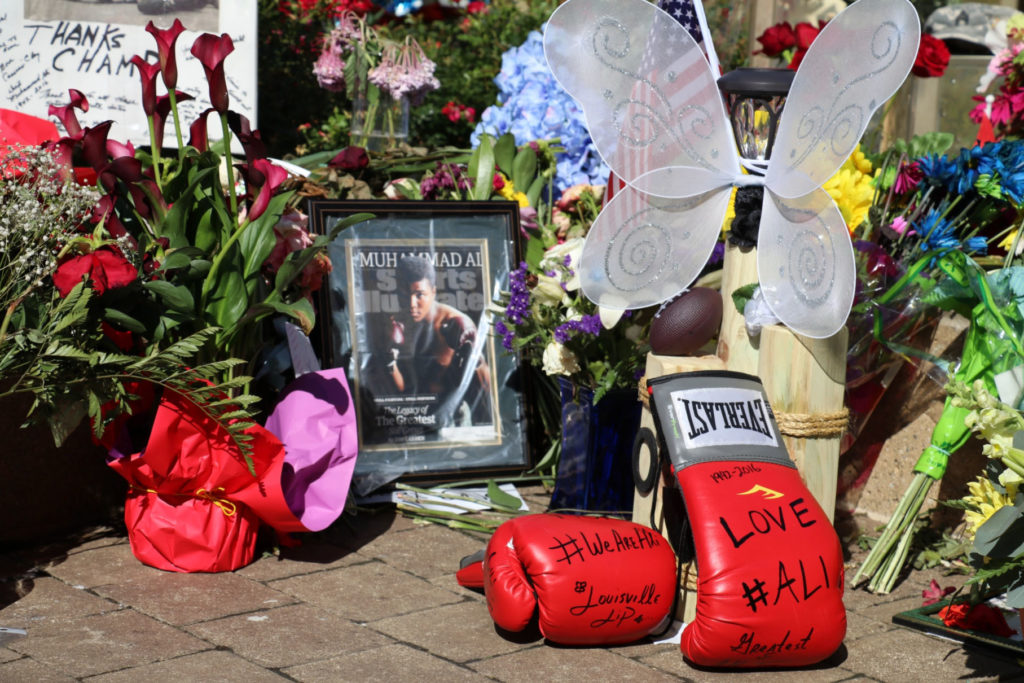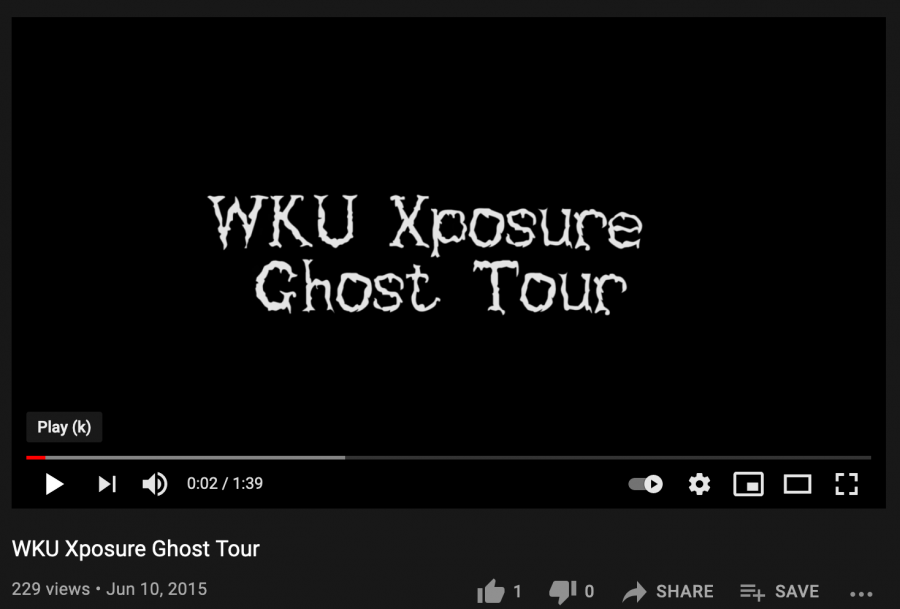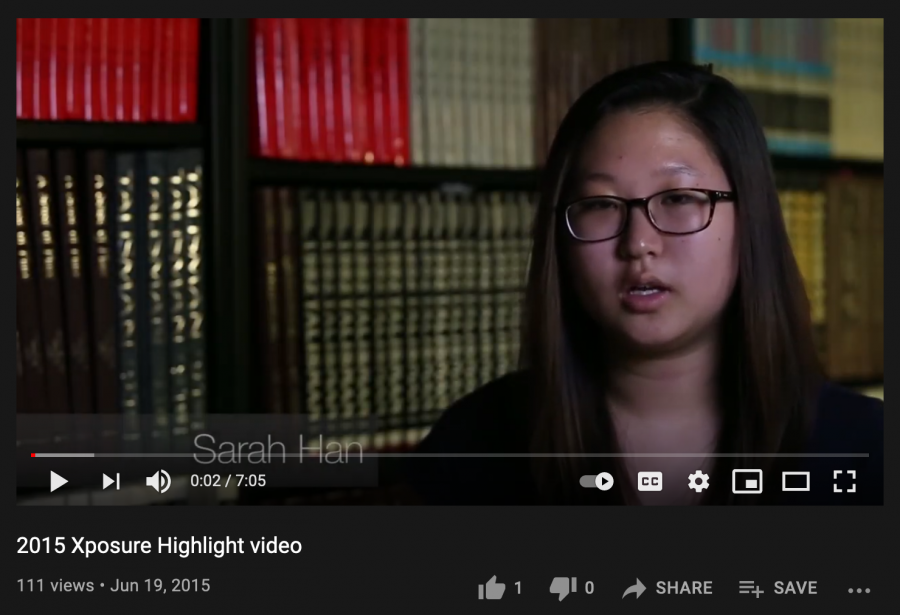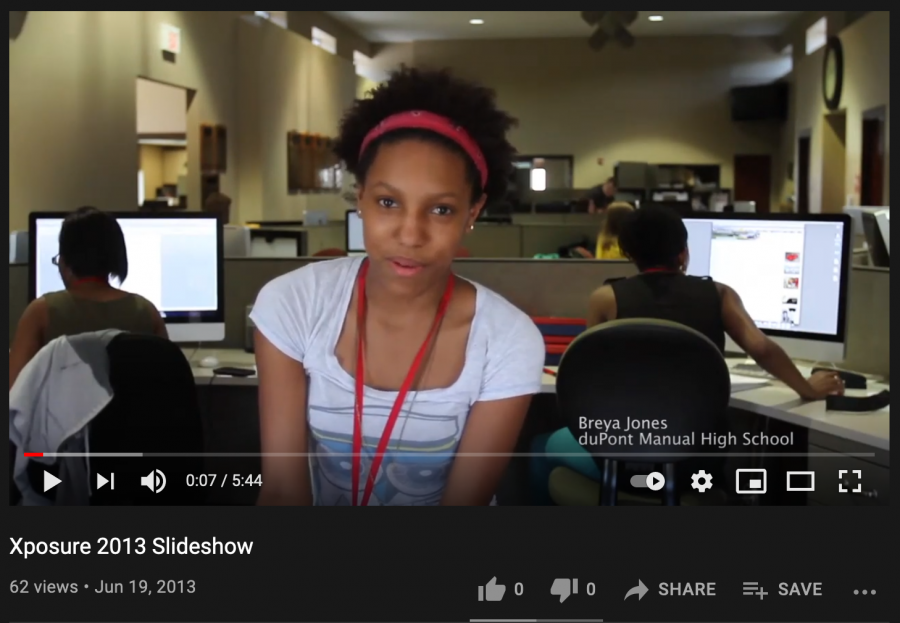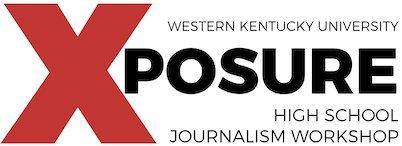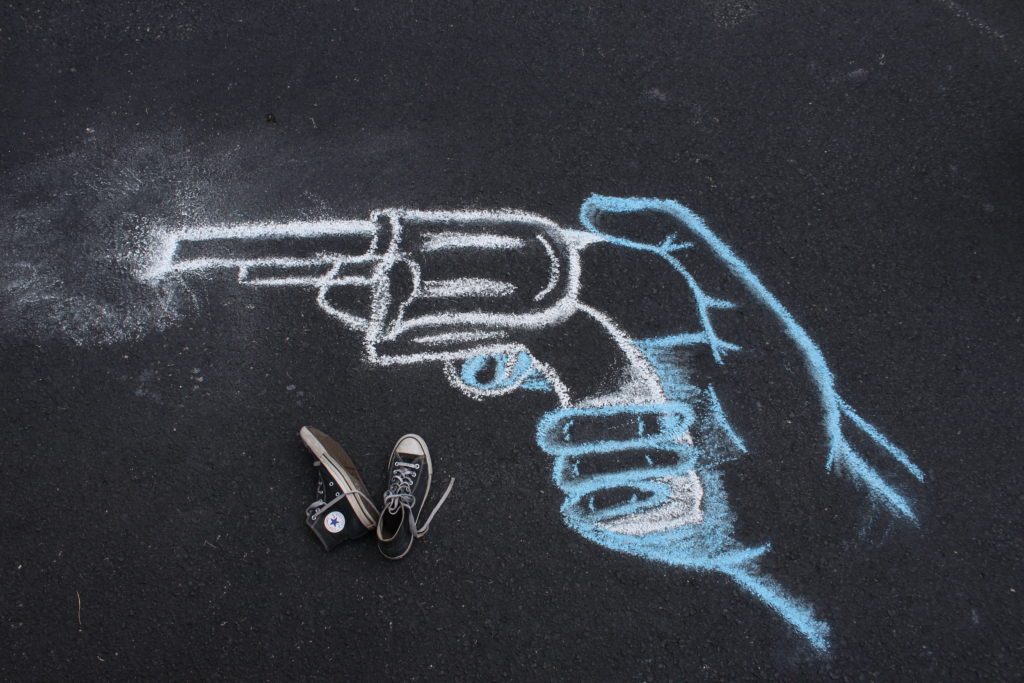BY BRODY REXING
F.J. Reitz High School
It seems shocking to Americans that shootings and the practice of preparing for “active shooters” has become so widespread so fast. The issue becomes pressing when, according to CNN, there have been 23 shootings in 2018 alone.
No one in Benton, Kentucky, knew that their high school would be the site of the year’s first deadly school shooting.
Marshall County High School was no different than any other high school. MCHS is a small-town school with small-town charm. Fewer than 2,000 people are enrolled, and it’s the type of school where everybody knows everyone.
Before the turn of the century, a discussion of school shootings was rarer than a shooting itself. In a study from digital media company Ranker, 16 shootings had occurred in America before the Columbine Massacre. But since the 1999 shooting, there have been over 200, according to a news article in the Denver Westword.
How do schools address this issue? How do administrators identify killers disguised as students? How do teachers teach their students not to become another statistic?
The Marshall County School District implemented a backpack ban for its two middle schools and two high schools, following the Jan. 23 shooting at Marshall County High that claimed the lives of two 15-year-old students and injured 16 others. The ban will go into effect this fall.
“These decisions were not made lightly; they are the result of many months of careful deliberation, expert advice, and frank discussion,” Superintendent Trent Lovett said in a press release regarding the new policy.
Lovett also identified mental health as a key issue. “We have added mental health counselors at all of our schools,” Lovett said. “We hope with this addition, we will be able to detect mental health issues at a very early age.”
MCHS student Lily Dunn created two Change.org petitions following the shooting. The latter was a direct response to the district’s new backpack policy.
“While some changes are welcome,” Dunn said in the petition description, “others are an invasion of privacy and unnecessary.”
Dunn, like her peers, believes the ban of backpacks will hinder her learning experience.
“Taking away our backpacks is not only extremely inconvenient for many students who have to go from building to building, but it’s also taking away what little privacy we are allowed to have during the school day,” Dunn said in the petition.
Lovett was unaware of the petition but said there was no easy method for processing students.
“I was at the high school every day from Jan. 23 until the end of the school year, checking bags and wanding students” with a handheld metal detector, Lovett said in an interview. “The manpower it takes to check bags and wand students was OK to finish out the year; however, to sustain this for a lengthy amount of time would be very difficult.”
Parents from districts, and states other than Dunn’s, disagree with Lovett’s “no backpack” rule as well. Ana Rodriguez is one of them. Rodriguez has sent her children through the Sumner County school system in Gallatin, Tennessee, which was itself home to gun issues when a student brought a handgun to Gallatin High School in April 2018.
“I feel like they’re taking it too far,” Rodriguez said. “It’s not really a solution.”
Rodriguez, like Lovett, believes school districts should focus on mental health above everything else.
“As a parent, once I know a child is isolating themselves, an alarm goes off,” she said. “Some parents don’t care or pay any attention, and they don’t know exactly what’s going on.”
Kendra Glenn, a third grade teacher at Sharpe Elementary School in Marshall County, said her meetings with Lovett are productive, concerning a topic which many teachers have trouble contemplating.
“Superintendent Lovett is very open,” Glenn said, “listening to all ideas and concerns that we have.”
Glenn taught Bailey Holt and Preston Cope in the fourth grade, both of whom lost their lives during the Marshall County shooting. While Glenn’s teaching may have not been affected much by the shootings going on in the nation, it cut deeply into her personal life and outlook.
After the MCHS shooting, “it made me really appreciate my family and my classes,” Glenn said. “It made me appreciate life a lot more.”
Glenn holds a special role in the changing climate. Her students are young, and may not understand what’s happening or why schools do so many lockdown drills.
On June 6, Twitter user Georgy Cohen posted an image of a poster in her elementary-bound child’s school. On the poster was a rhyme instructing students what to do in the event of a shooting lockdown, to the tune of the nursery rhyme “Twinkle, Twinkle Little Star.”
“This should not be hanging in my soon-to-be- kindergartener’s classroom,” Cohen wrote in her post.
The classroom environment is different from classrooms 20 years ago — it even differs from classrooms in other countries. “I am so sorry for all of you,” a user identified as “Nuclear Football” replied. “Kids in Austria only know fire drills.”
Across the state in Warren County, Superintendent Rob Clayton created a school safety task force after the Marshall County shooting.
“Our focus remains on increasing the available resources that we provide our students (student resource officers and mental health specialists) and we will move expeditiously as possible through Board action,” Superintendent Rob Clayton said in an email when asked about the most important aspect of his task force.
Clayton emphasized his point on mental health, citing psychological research on school shooting.
“Research clearly demonstrates that we must be proactive by addressing the mental health needs of students well prior to any act of violence,” Clayton said. “In addition to creating a healthy culture in all of our schools in which students feel comfortable to report concerns, I find that addressing the social/emotional needs of students to be the best way of ensuring their safety.”
Clayton isn’t without support. The American Psychological Association in 2013 said: “Although it is important to recognize that most people suffering from a mental illness are not dangerous, for those persons at risk for violence due to mental illness, suicidal thoughts, or feelings of desperation, mental health treatment can often prevent gun violence.”
The communities in Kentucky, and communities across the nation, continue to work with the end goal of being safe. The reality of the situation for Clayton, however, is that it will always be hard to predict where gun violence will take the nation next.
“Because much of what we do is to make students and our community ‘feel’ safe in our schools,” Clayton said, “we must be prepared to make future adjustments based upon the realities of our ever-changing world and specific feedback from our community.”

